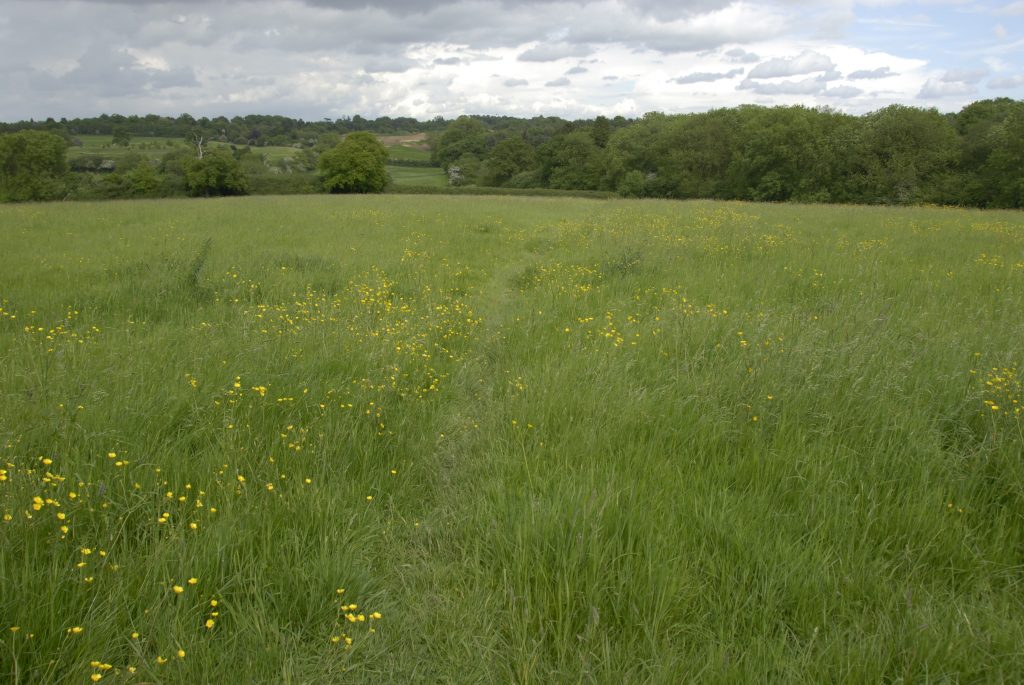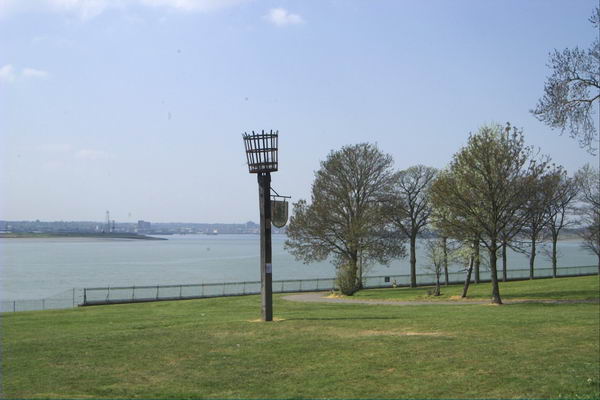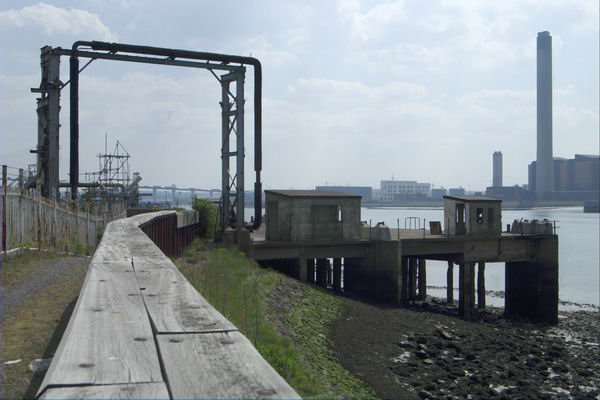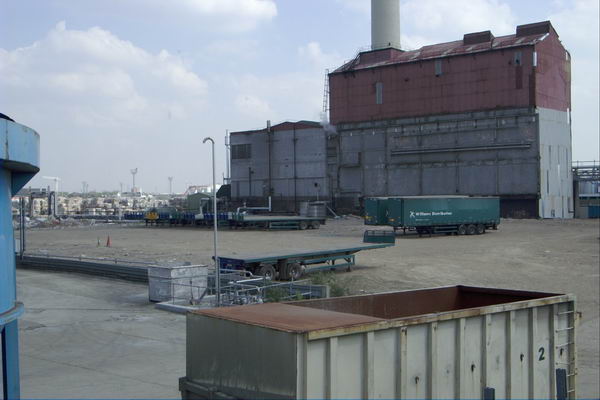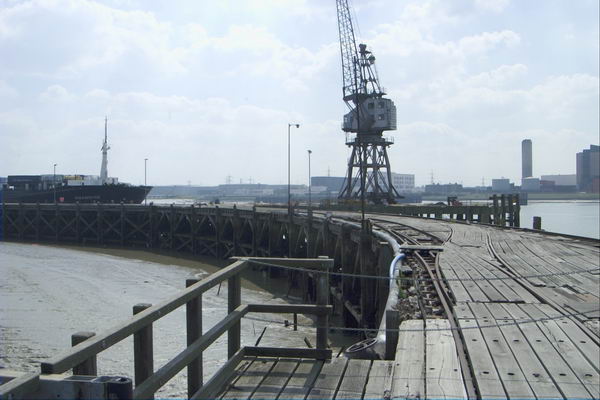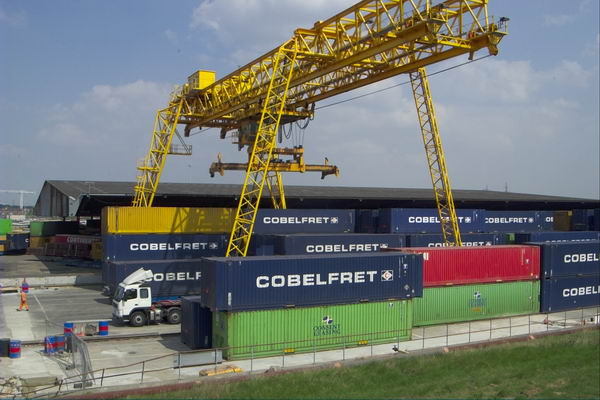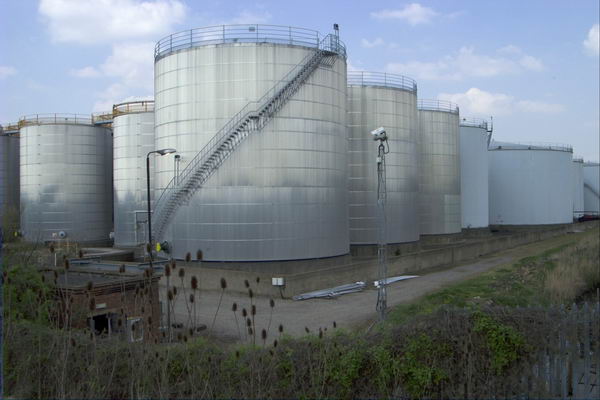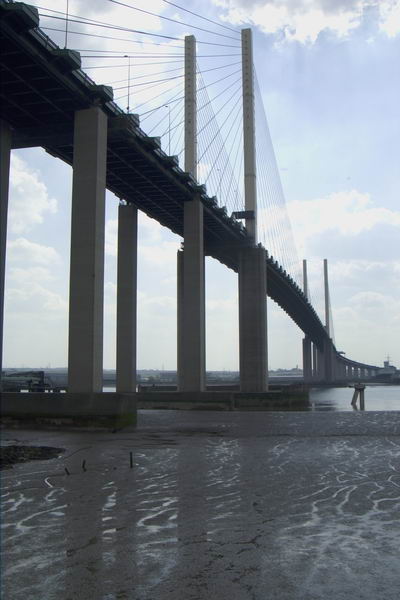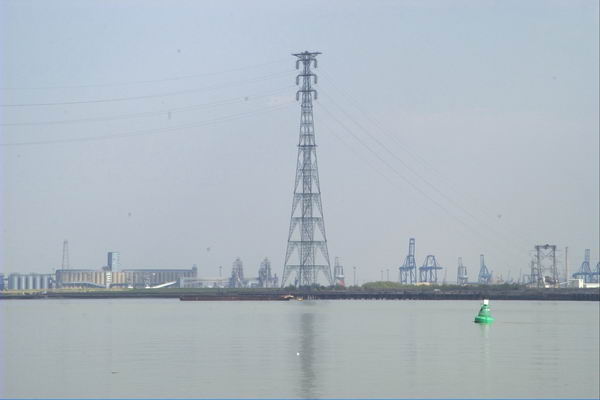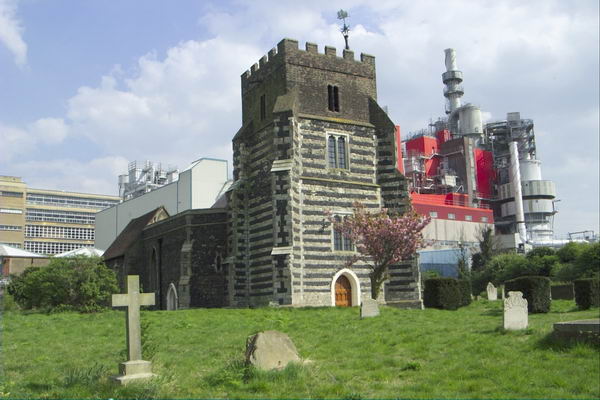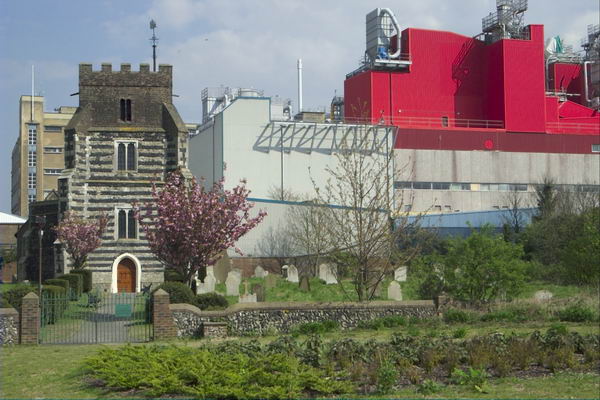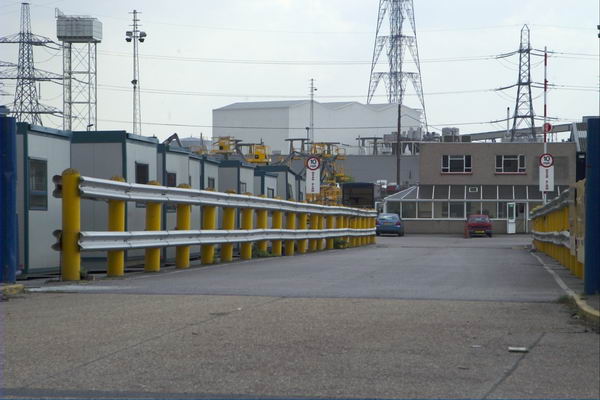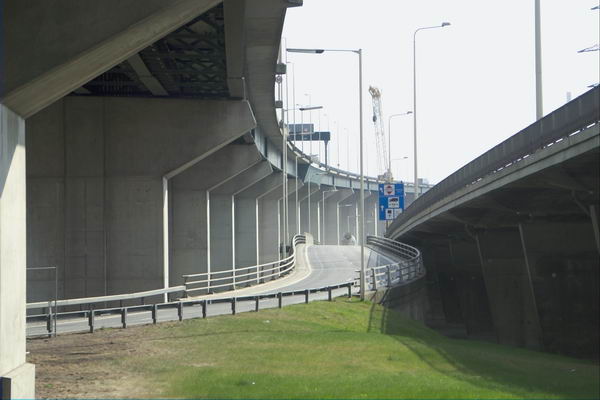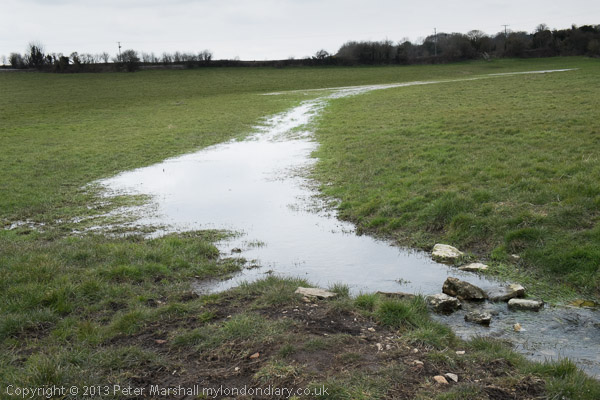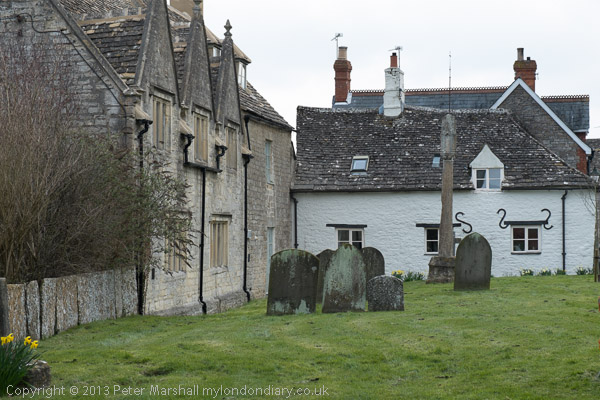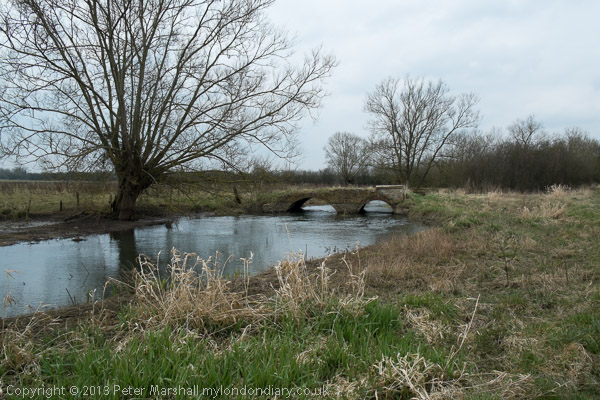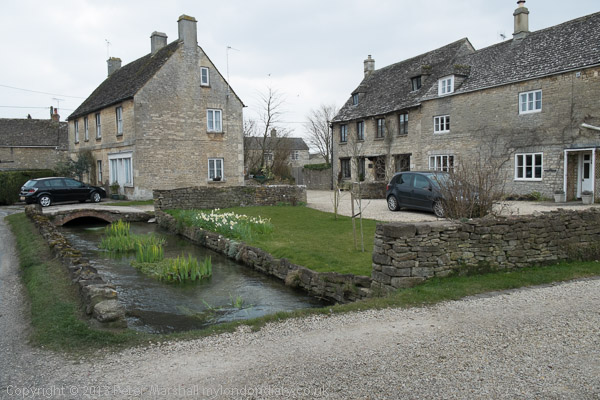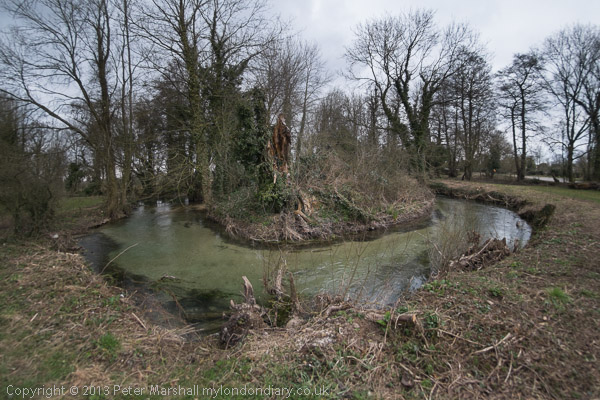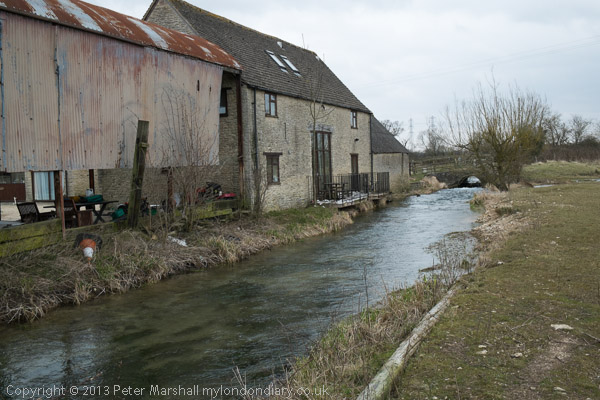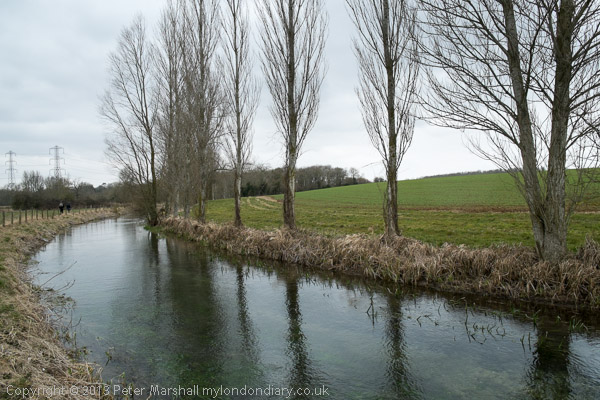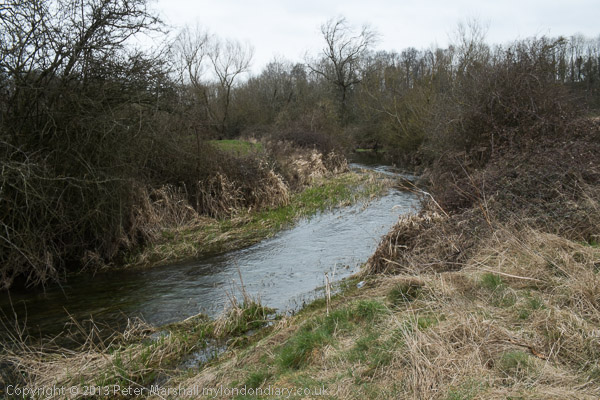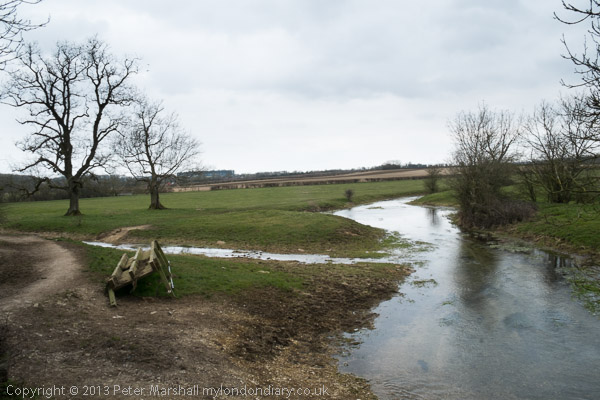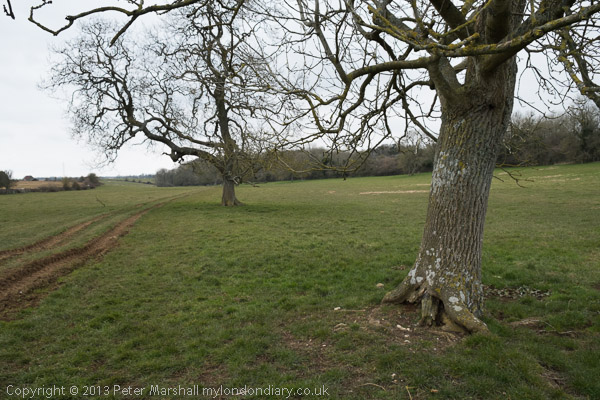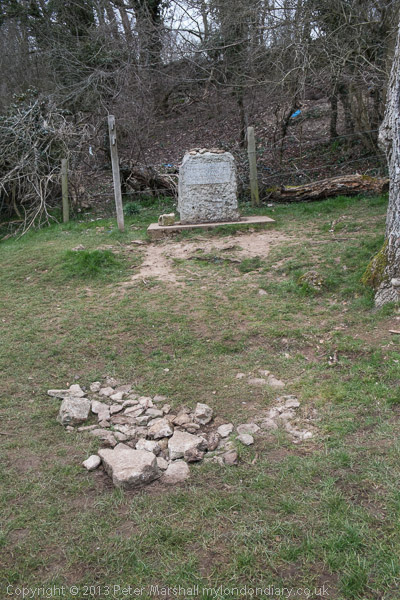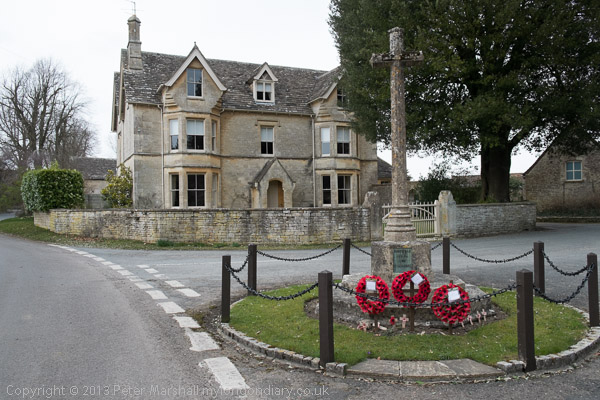A Couple, Shops, Shakespeare and a Green Man is the fourth post on my walk in Kennington and Brixton on Sunday 6th May 1989. The posts began with Hanover, Belgrave, Chapel, Shops, Taxis. The previous post was Loughborough Estate, Angell Town & A Garage – 1989
I turned right at the end of Ridgway Road onto Loughborough Road and walked under the railway bridge to the junction with Coldharbour Lane, turning east and walking a few yards under another bridge to the station entrance. Outside the station which was then closed at the weekends were a young couple who saw my cameras and asked me what I was photographing. We had a short talk and then they asked me to take their picture.
A few yards further on I was back to the small parade of shops in front of the alley leading to the Celestial Church of Christ where I had made some photographs a month earlier.
I don’t know how long The Flower Box had been closed, but clearly it was some time, although I could still read its faded signage, ‘FLOWERS FOR EVERY OCCASION’ and ‘SAY IT WITH FLOWERS’.
Perhaps surprisingly this building with the triple decoration at left is still standing at No 208, now a Chinese takeaway, with the demolished shop at right under the hoarding rebuilt and now serving Caribbean Cuisine.
My next picture came just a couple of yards away, when a young man riding a bike emerged from the alley. I could see him coming as the shop at left had been demolished. I was rather surprised that the two floors above, hidden by the hoarding were still standing as there didn’t appear to be very much holding them up.
I turned around and walked back westwards along Coldharbour Lane which bends southwards under more railway lines before almost immediately swinging west again, creating the narrow space for this building between viaduct and road. That end wall of the property is only six bricks wide – around 4ft 6inches, though the building widens out further away.
This block is still there, looking perhaps a little better than when I made this picture. The first floor window on the end wall has been bricked up. It appears to be leaning a little in my picture because I did not have the camera level.
Shakespeare Road runs south here and I walked a short distance down it to photograph Jubilee Terrace. The road was obviously named for William S, and as the plaque states, Jubilee Terrace was built in 1887, the year of Queen Victoria’s Golden Jubillee, 50 years after her accession on 20 June 1837. It was the occasion for her to start making public appearances again after a long period of isolation following the death of her husband in 1861.
I think these were built as a terrace of houses in conjunction with the business premises to the north shown in the next picture. The houses at both ends and the central pair are three-storey while the others only have two.
At the north end of Jubilee Terrace and joined to it, this was built as commercial premises for Osborne and Young corn merchants, with an entrance for horse-drawn vehicles at its centre. Later it became known as Coldharbour Works.
You can read more about the history of the building on Brixton Buzz, including the rather surprising finding underneath that underneath the blank boards of the shopfronts at right were those you can now see on the building for bird seed specialists B.O.Y, Brinkler, Osborne & Young, including the original owners of the premises – B.O.Y were apparently in business here from around 1932 until they were taken over around 1974.
The southern end of Jubilee Terrace and in the yard of Coldharbour Works behind the shop of Anna French, Fabrics Lace Wallpapers in what I assume was one the store of the corn merchants. Anna French started a company in Scotland in 1976 to make her designs and is one of the best-known wallpaper and fabric designers. The company is now part of Thibaut, the oldest US company in wallpaper and fabrics.
Anna French moved to smaller premisess in Hinton Rd and the building is now Kings College Hospital Therapies Department
The Green Man on the corner of Coldharbour Lane and Hinton Road had been at the edge of one of the pictures I’d taken on an April walk, but here in a picture taken looking from the end of Belinda Rd it is in the centre of the picture and we can see its name and pub sign.
It closed in 2003, not because it was unprofitable, but because it was too popular with drug dealers and petty criminals and was asked to close. There had been a pub of that name on the site since before 1800, but this building dates from 1881. In 2016 the building, now a skills zone and careers advice centre, was given a Shimmer Wall Green Man artwork on the second floor above its entrance.
There will be further posts on this walk later.
















